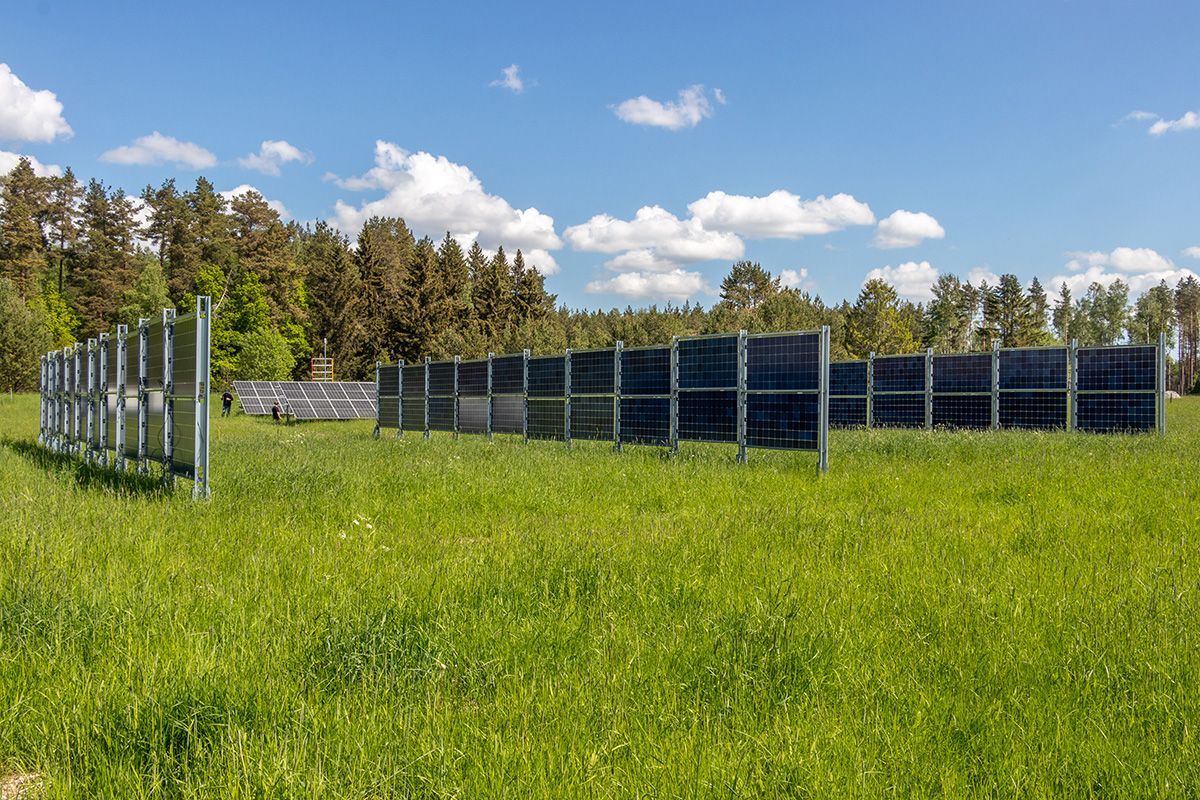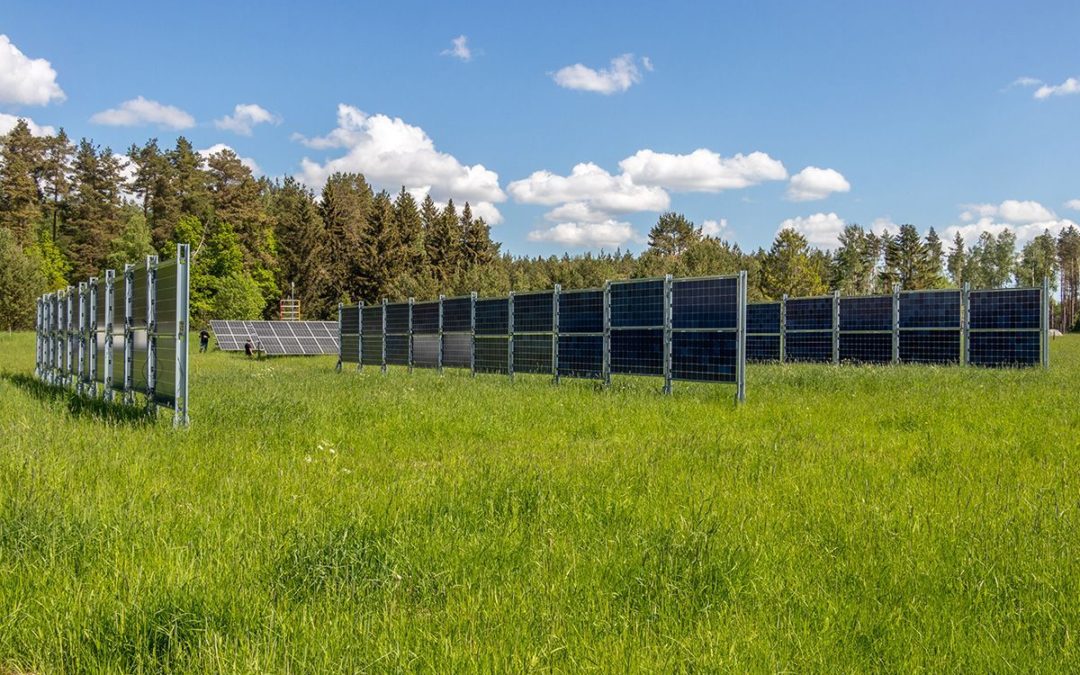
Setting up solar cells in a field may seem a bit counterproductive as the solar cells shade the plants. But a study from Mälardalen University shows that solar panels can even increase the harvest.
"Over this past year, we were able to take in and analyze three harvests of grass from test fields on the ground. The size of the harvests has been affected by different weather conditions, but we have been able to verify that in drier weather the harvest in our test fields was larger than in the reference area", says Bengt Stridh, senior lecturer at Mälardalen University and one of the researchers behind the study, in a press release.
Theoretically, we could cover Sweden's entire electric demands by installing solar cells on all agricultural land. That's not really practically feasible, but there is still quite a lot of land that is suitable for both cultivation and production of electricity.
"A critical question is which land can be used for solar parks. If you look at land use in Sweden, agricultural land is in a good position. That's where solar parks will be the cheapest to build and you will not have problems with shading. In Sweden, we have 63 percent forest, 9 percent inland water and 7 percent open bog, all of which are unsuitable land. The conclusion is that the most suitable areas with a reasonable size are agricultural land, which makes up 7 percent of Sweden's surface", says Bengt Stridh.
This opens up opportunities to be able to combine cultivation and electricity production on the same surface. Something that could be an important element in our electricity production.
"Even if we only used less than a tenth of our agricultural land for agrivoltaic systems, it would provide a high proportion of solar in Sweden's electricity mix", says Bengt Stridh.





